Churamura Okinawa Sea Turtle Marine Conservation
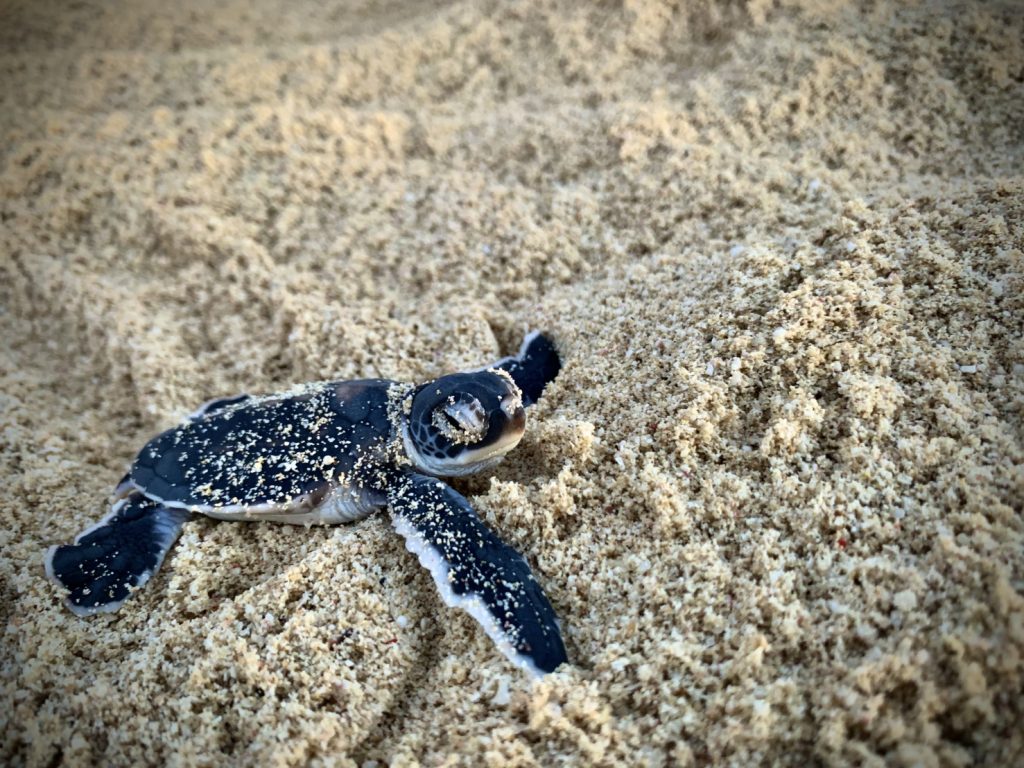
“Accidental Conservation” was a term I first heard used referring to Hanford, a nuclear site in Washington State—part of the infamous Manhattan Project—that leaked radiation into the air and the Columbia River years ago. Many decades after being decommissioned, and off limits, it has transformed itself into a nature reserve. The environmental disaster at Chernobyl was similarly abandoned by humanity and now nature has taken over there too.
While the Covid-19 pandemic was not a singular catastrophic event of this magnitude, the affects worldwide on the environment may be much wider reaching. There have been reports throughout the world of animals returning to places they haven’t been seen in recent years. In Japan, for instance, there was a significant spike in bear incidences in 2020; this could be due to various environmental factors such as availability of food in the mountains (beech nuts make up a large part of their diet) or abandoned farmlands, due to urbanization and an aging society, that once acted as buffer zones between the bears and people.
The simplest theory this past eighteen months is animals are benefiting from the absence of humans in their habitat: less noise, activity and pollution driving them away. This seems particularly true in waterways including the ocean.
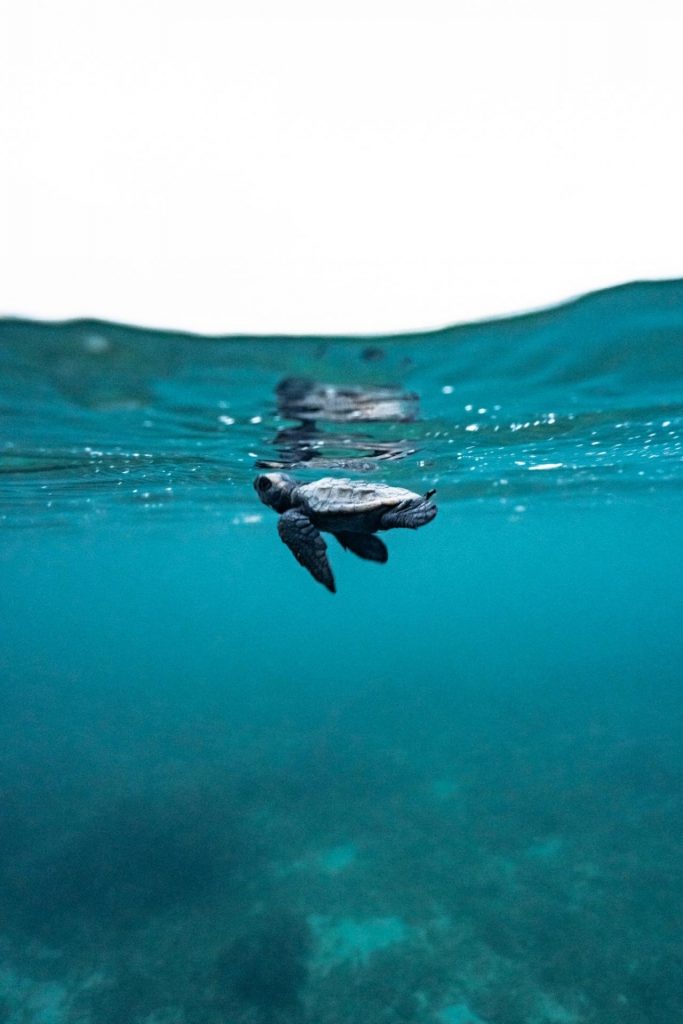
“The decrease in boat traffic, jet skis—even lights on in hotels—and tourists swimming in the ocean covered in sunscreen, which marine animals can detect, all contribute to marine life returning to waters they’ve been staying away from,” says Carl Bastian, director of Churamura, an NPO started in May 2020 to protect sea turtles and their nesting areas in Okinawa.
Growing up on Australia’s gold coast, Bastian spent countless hours in the ocean. He had a keen interest in marine biology and joined a work experience program at Sea World there, but admittedly wasn’t overly ambitious. He and his two older brothers grew up while a recession had a grip on the Australian economy and Japan’s bubble still had a bit of air left in it.
“I wasn’t overly academic, or super keen on languages but I figured I needed to gain some skills, so I began studying Japanese and stuck with it for five years,” he said. His proficiency qualified him for a study abroad program in Odawara, another coastal town about an hour south of Tokyo. In 1999, he did a working holiday program in Japan and then continued his studies at Kinki University in Kansai. Like many long-term foreign residents here, he never left.
His career has been centered around hospitality and has taken him to Gunma to manage a 30-room hotel, to Tokyo as F&B manager at the Tokyo American Club and finally to Okinawa where he helped open the Kafuu Resort. Today, he continues to consult hotels in sustainability. After 22 years in Japan and twelve in Okinawa, his background in hospitality, sustainability and marine biology meshed when they discovered those footprints in the sand.
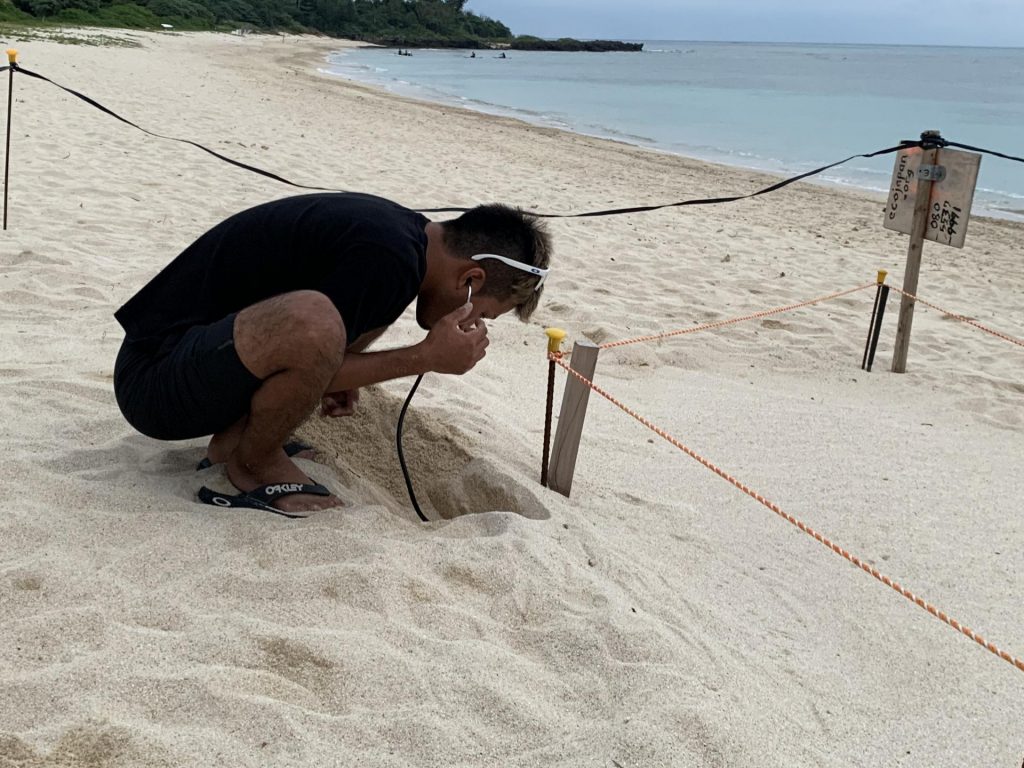
“After we found the first turtle nest, we roped off the area and left a sign with my phone number. The next day someone called after finding another set of footprints, then a few days later another, then another. In the end there were thirteen nests on the beach, which was unprecedented. We called around to various organizations, to the prefectural and village offices, the aquarium and fisheries, but we couldn’t find anyone taking care of turtles in the area. We use the beach all the time and felt a responsibility to do something,” he adds.
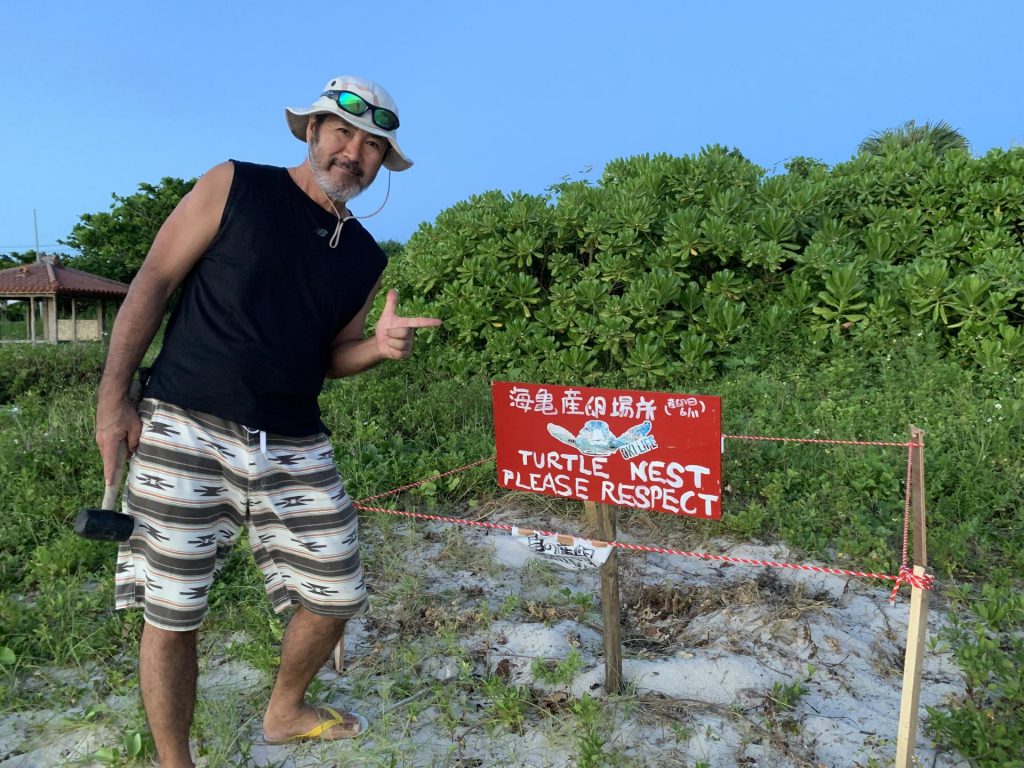
This call to action was the start of Churamura (“beautiful village” in the local dialect). Soon, eleven dedicated members, with the authority of local law enforcement and the village, were patrolling the coastline every morning and night during nesting season from May to August, making sure people were not disturbing the turtles or nests.
“Only one in a thousand turtles survive the journey from hatching to adulthood, so they can use all the help they can get,” Carl notes. “We’ve had nests too close to the shoreline and seen others in vulnerable locations destroyed by typhoons. Relocating the nest is a very slow, difficult process. Eggs have to be marked, numbered and put back in the same order or they won’t hatch,” he continues.
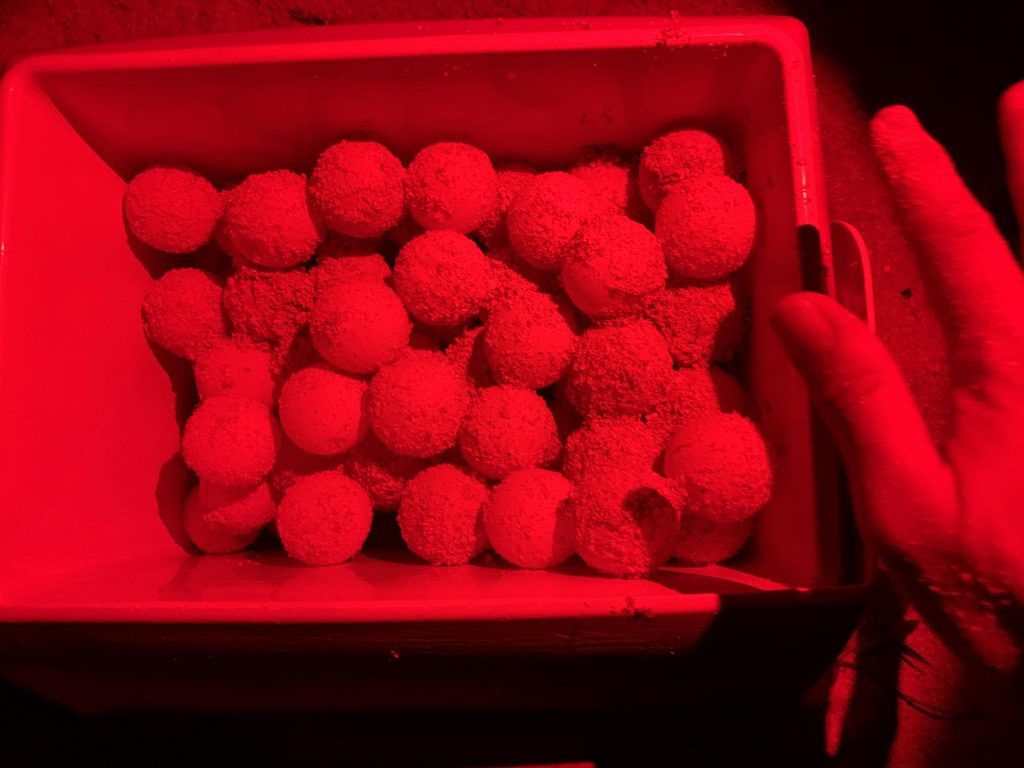
Churamura conducts monthly beach cleans at different locations throughout the island to clear the beaches of dangerous debris. They visit schools as part of their community outreach program and talk to students about turtle conservation. They also are starting up an Ocean Rangers program to educate youth about SDGs (sustainable development goals), being environmentally conscious and teaching them valuable ocean skills and responsibility.
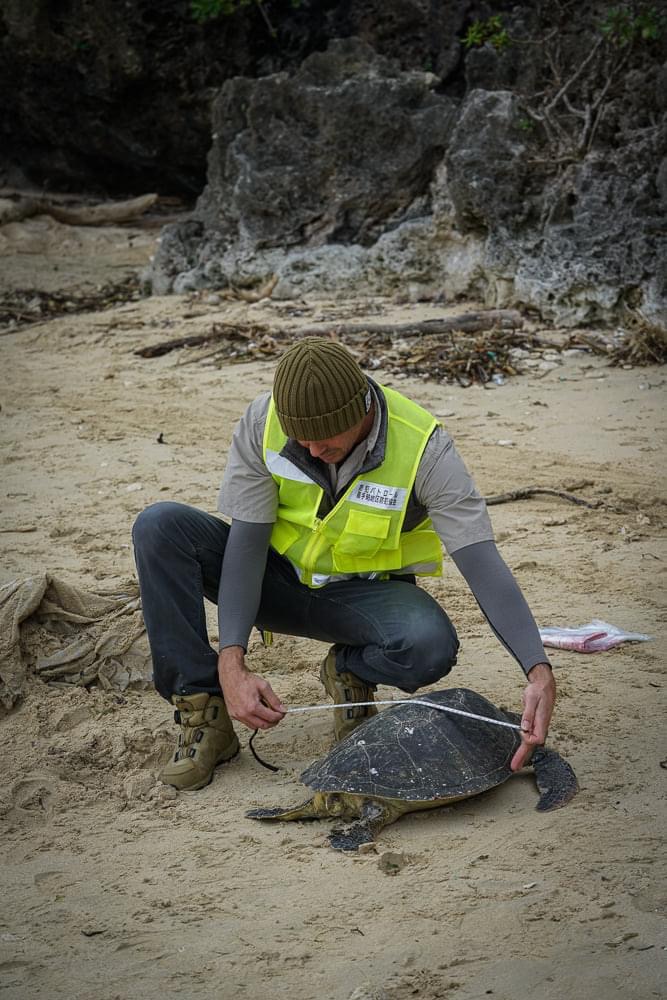
These grass roots programs are crucial to get the message into people’s homes so kids can put pressure on their parents, local wives can put pressure on their husbands and local politicians feel the pressure and see conservation as good for business and long-term growth of the economy.
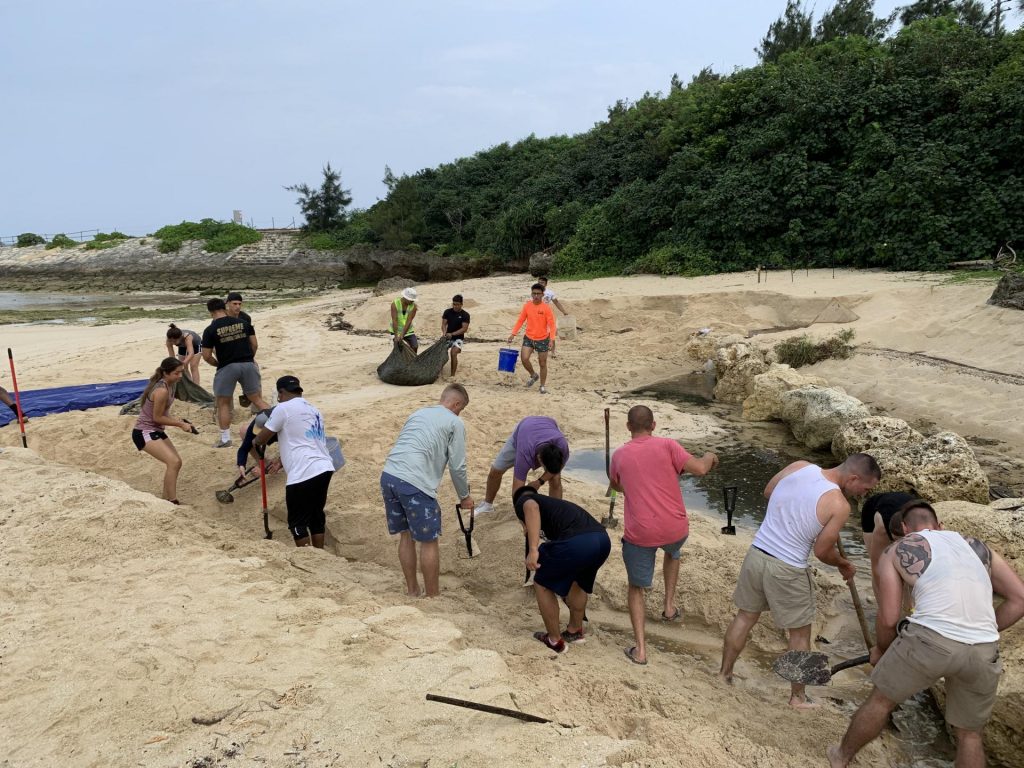
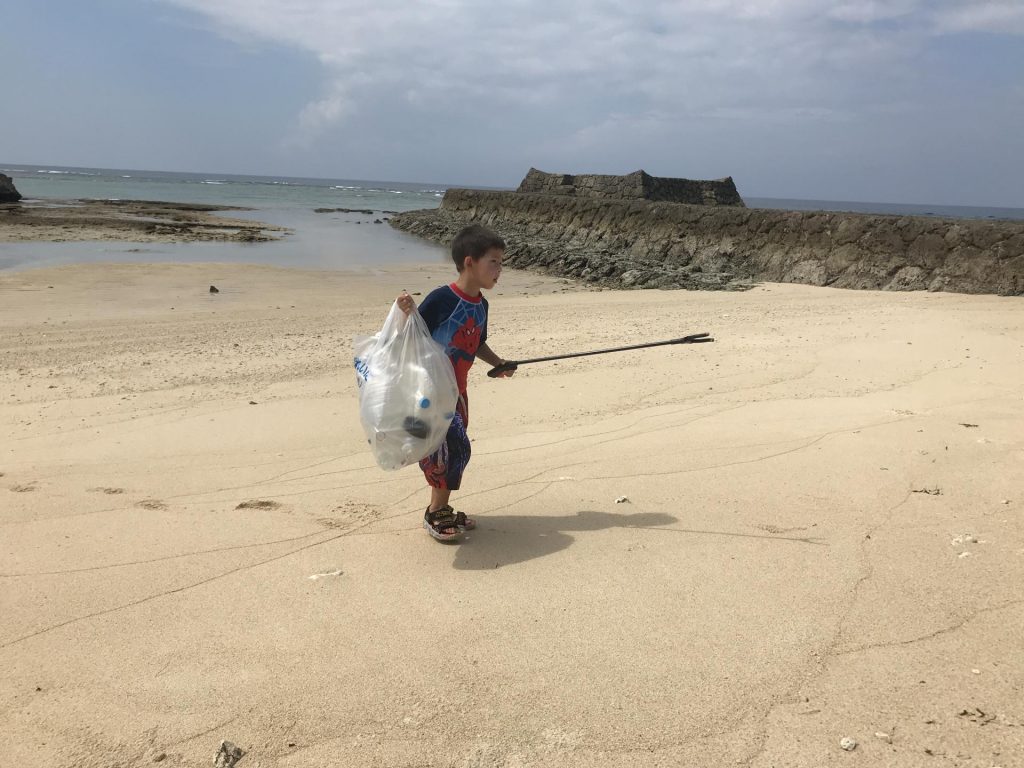
Over the next five years they plan to create a turtle rescue center that will serve as a hatchery and rehab center.
“About 80% of the turtles hatch if the nest is protected—safe from typhoons, camp fires, 4WDs and crabs getting into the nests. Twenty percent need help, which we can provide by nurturing them until they are big enough to avoid predators in the water, such as mahi-mahi which can devour a whole nest,” Carl says.
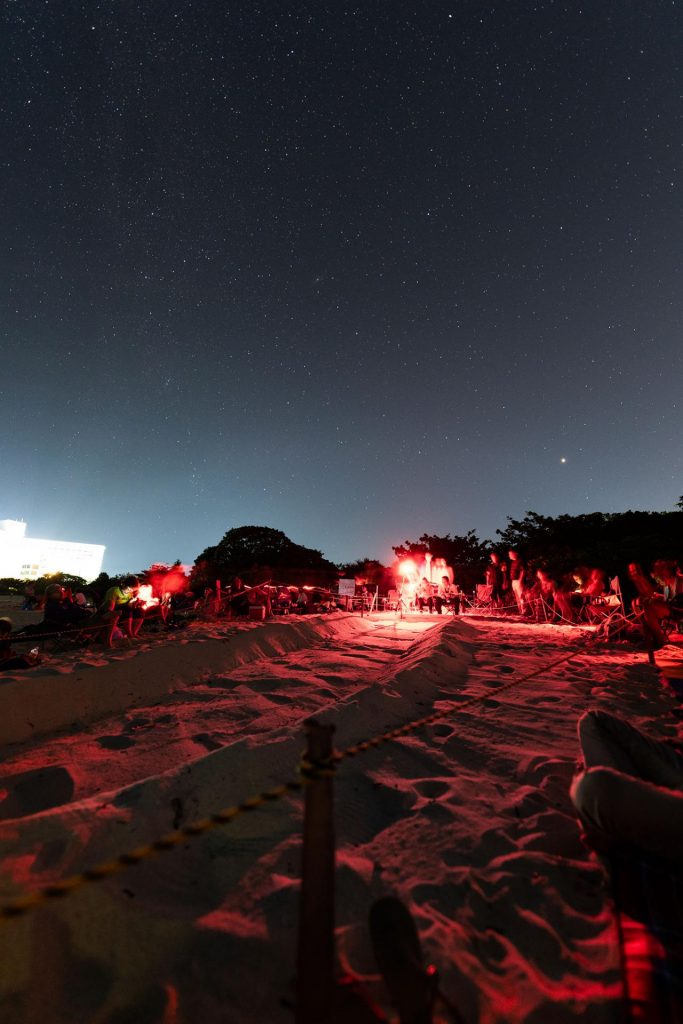
They also hope to help create a ranger network similar to the National Park and Wildlife Service with the power to enforce fines for littering and keeping parks and beaches clean. Ultimately Churamura’s mission is to create the first marine sanctuary dedicated to the protection of critically endangered sea turtles in Japan. It may seem like a long shot, but it is nothing compared to the odds the sea turtles face year after year.
If you’d like to help support the cause, Churamura has several ways to get involved. They welcome individual donations and can help facilitate CSR (corporate social responsibility) programs for companies looking to make a difference. For details visit Churamura’s website or visit their Facebook page for updates.
Churamura Okinawa Sea Turtle Marine Conservation




